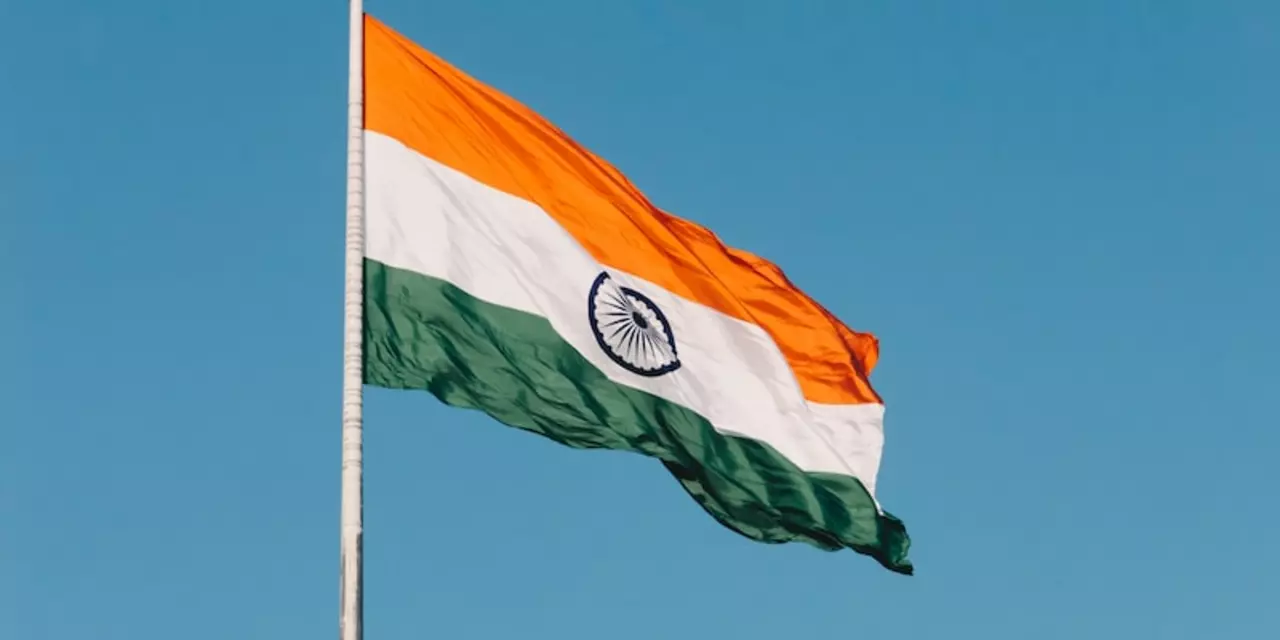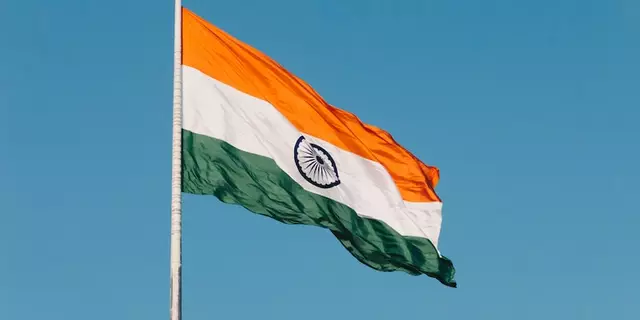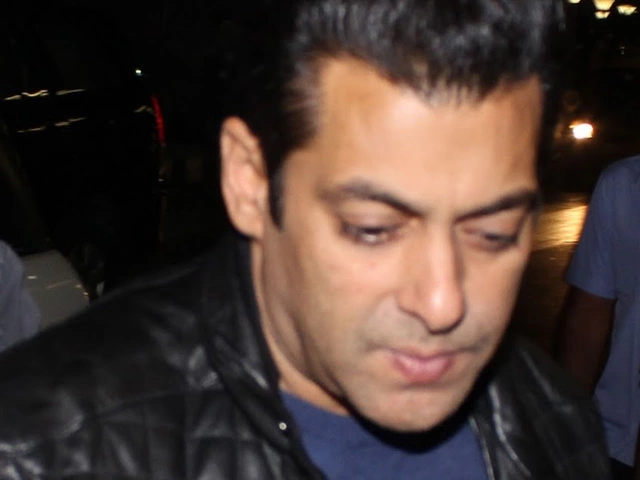An Analysis of the Leadership Style of the Prime Minister of India
The Prime Minister of India is one of the most influential leaders in the world. As such, his leadership style has been closely monitored and critiqued by both his supporters and opponents. Narendra Modi is the current Prime Minister of India, and his leadership style has been praised for being bold and decisive.Modi has been praised for his ability to take decisive action on important issues, and for his willingness to take risks in order to achieve his goals. He has also been applauded for his ability to build consensus among different groups and for his emphasis on good governance. Modi has taken a tough stance on corruption, and has worked to make the government more efficient and accountable.
Modi has also been praised for his outreach and engagement with foreign leaders. He has made a point of meeting with world leaders, including US President Donald Trump, Chinese President Xi Jinping, and Russian President Vladimir Putin. He has also used his platform to raise awareness of India's development and progress, and has made it a point to invite foreign dignitaries to visit India.
Finally, Modi has been praised for his commitment to India's growth and development. He has been instrumental in pushing forward economic reforms and has focused on creating jobs and expanding economic opportunities. He has also worked hard to promote India's culture and heritage, and has taken steps to reduce poverty and promote social justice.
Overall, Modi has been a successful Prime Minister of India. His leadership style has been praised for its boldness and decisiveness, and for his commitment to India's growth and development. He has also been praised for his outreach and engagement with foreign leaders, and for his ability to build consensus among different groups. In short, Modi has been an effective leader, and his leadership style should serve as an example for other leaders around the world.
Examining the Impact of the Prime Minister of India on the Economy
The Prime Minister of India is the chief executive of the government and plays an integral role in the state of the Indian economy. As such, the performance of the Prime Minister can have a direct and significant impact on the country’s economic health and growth.In recent years, the current Prime Minister of India, Narendra Modi, has made various reforms and initiatives that have had a positive impact on the Indian economy. Under his leadership, India has seen an impressive 7.2% growth rate in 2018, up from 6.7% in 2017. This growth rate has been attributed to the government’s focus on infrastructure development, improving ease of doing business, and introducing a number of reforms to attract foreign investments.
Modi has also taken steps to help the rural and agricultural sector. He has implemented schemes such as the Pradhan Mantri Fasal Bima Yojana and the Pradhan Mantri Kisan Samman Nidhi to ensure that farmers have access to financial security and income support. Additionally, the government has been working to create jobs and boost the manufacturing sector with initiatives such as the Make in India program.
The Prime Minister has also taken steps to improve the banking sector, introducing reforms such as the Insolvency and Bankruptcy Code and the Goods and Services Tax to make India a more competitive economy. This has led to increased stability in the banking sector, which in turn has led to increased foreign investments and a more competitive business environment.
Overall, the Prime Minister of India has had a very positive impact on the Indian economy. His reforms have helped to create jobs, boost the manufacturing sector, and improve the banking sector. This has led to increased economic growth and improved the lives of millions of Indians.
Exploring the Achievements of the Prime Minister of India
The Prime Minister of India is a leader who is in charge of the executive branch of the Government of India. He or she is appointed by the President of India, who is the head of state and holds office at the pleasure of the President. The Prime Minister of India is the most powerful political figure in the country, and is the leader of the majority party or coalition in the Lok Sabha (lower house of Parliament).The current Prime Minister of India is Narendra Modi, who assumed office in 2014. During his tenure, Mr. Modi has taken on several initiatives to improve the lives of Indians. He has implemented economic reforms to reduce poverty and improve the economy, as well as launching key programs such as the Swachh Bharat Abhiyan (Clean India Mission) and Digital India.
Mr. Modi has also focused on foreign policy, working to strengthen India’s ties with other countries around the world. He has signed several major agreements with other countries, including the Paris Agreement on Climate Change, which was a major milestone in global efforts to combat climate change.
The Prime Minister of India has also worked to improve the lives of women and children in India. He has made strides in improving education and health care, as well as increasing access to clean water and electricity. He has also implemented a number of policies to protect women’s rights and combat gender-based violence.
Overall, the Prime Minister of India, Narendra Modi, has been a strong leader for the country. He has taken on a number of initiatives to improve the lives of Indians and strengthen India’s ties with other countries worldwide. Under his leadership, India has made great strides in reducing poverty, improving education, and protecting the rights of women and children.
Debating the Challenges Facing the Prime Minister of India
The current prime minister of India is Narendra Modi, who assumed office in 2014. While he has achieved a number of successes since then, there are still many challenges that he faces. In this blog post, we will discuss some of the major challenges that the prime minister of India is facing.The first major challenge that the prime minister of India is facing is rising unemployment. India’s unemployment rate has been steadily rising since Modi took office and is currently at a five-year high. This is a major concern for the prime minister, as it affects the economic stability of the country, as well as the livelihoods of millions of people.
The second major challenge facing the prime minister of India is corruption. India is known for its high levels of corruption, and this has been a major issue for the government since Modi took office. The prime minister has taken steps to combat corruption by introducing reforms such as the Lokpal and Lokayukta bills, but it is still a major problem for the country.
The third major challenge facing the prime minister of India is the growing inequality in the country. India is one of the most unequal countries in the world, with the top 1 percent of the population owning more than 50 percent of the wealth. This increasing inequality has led to economic and social tensions in the country, which is a major challenge for the prime minister.
Finally, the fourth major challenge facing the prime minister of India is the growing environmental crisis. India is one of the most polluted countries in the world, and this pollution is having a major impact on the health and wellbeing of the country’s population. The prime minister has taken steps to address this issue, but more needs to be done.
These are just some of the major challenges facing the prime minister of India. While there have been some successes since he took office, there is still much more to be done. It is up to the prime minister to tackle these issues in order to ensure a better future for India and its citizens.
Understanding the Policies of the Prime Minister of India
The Prime Minister of India is the head of the government and plays an important role in the country’s political and economic landscape. He or she is the leader of the majority party in the Lok Sabha, the lower house of the Parliament of India, and is responsible for heading the government. The current Prime Minister of India is Narendra Modi, who took office in 2014.Under Prime Minister Modi, India has seen a number of economic and social reforms. He has implemented a number of policies to boost the economy and raise the standard of living of the citizens. His government has also increased investment in infrastructure and technology, and has taken steps to improve the business climate.
In addition to economic reforms, Prime Minister Modi has also implemented a number of social reforms. These include the opening of bank accounts for all citizens, the introduction of the Jan Dhan Yojana scheme to provide financial services to the poor, and the expansion of health insurance coverage for the poor. The government has also taken steps to improve the education system, including the implementation of the Right to Education Act.
Prime Minister Modi has also taken a strong stance on security and foreign policy. He has increased India’s defense spending and has taken a strong stance against terrorism. He has also strengthened India’s ties with its neighbors and has been active in international diplomacy.
Overall, Prime Minister Modi has made a number of changes to India’s policies and has improved the country’s economic and social outlook. He has worked hard to bring about positive change and has been successful in doing so.






